Special Report
18 Extremely Dangerous Jobs the US Military Pays Extra For
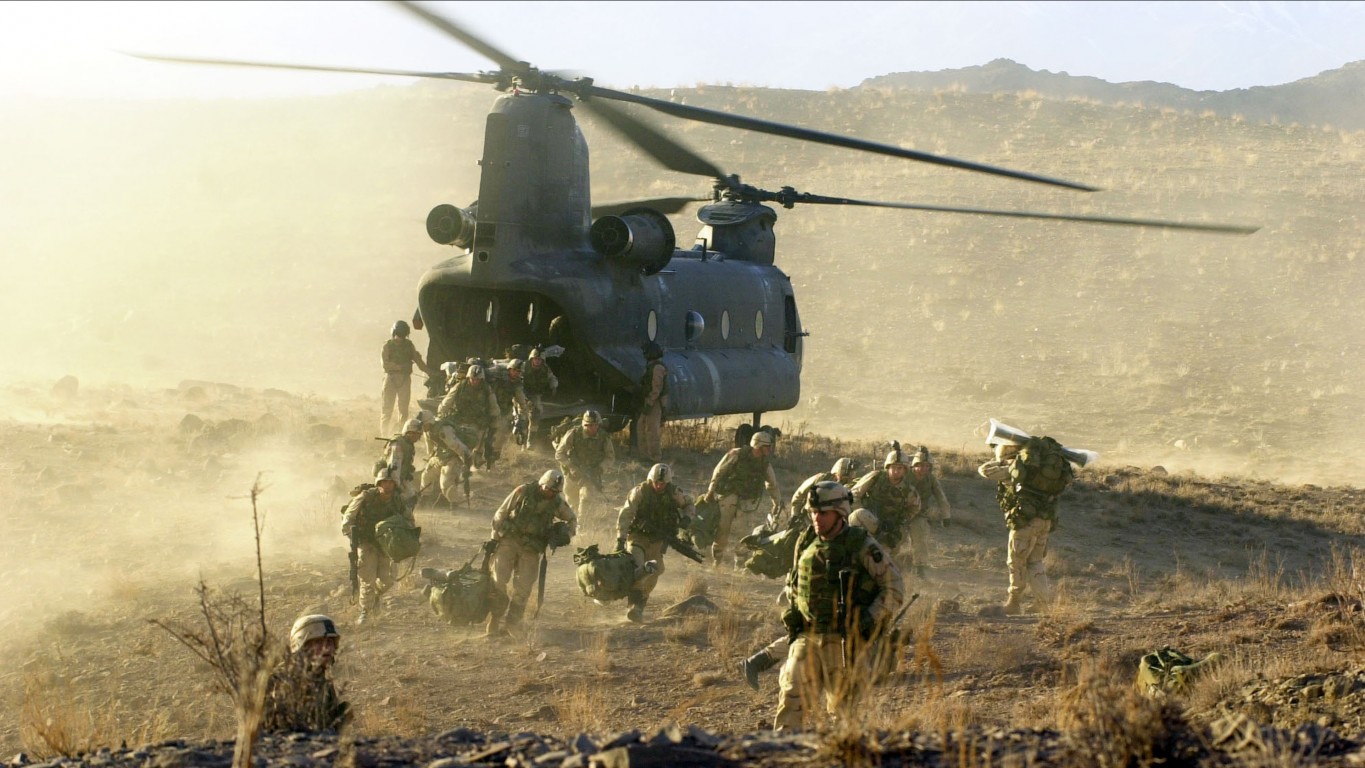
Published:
Last Updated:

Military pay starts out quite low. The lowest-ranked servicemembers make less than $30,000 per year. Despite this, many Americans enlist because of the substantial benefits offered, including tax relief, health care, substantial scholarships, and more. Another perquisite that might keep some in the U.S. military happy is the potential for hazard pay: volunteering for certain duties can be compensated by cash bonuses. (Here’s how much U.S. military are paid at every pay grade.)
These duties, which the military designates as hazardous, based on “the inherent dangers of the duty and risks of physical injury,” come with monetary incentives.
To find which situations and duties the military considers hazardous and pays extra for, 24/7 Wall St. reviewed the U.S. Department of Defense’s Hazard Duty Incentive Pay sheet. The different duties are ordered by the maximum HDIP monthly rate, which, when paid, is prorated to reflect the duration of the member’s actual qualifying service during the month.
Pilots, divers, parachutists, and more are eligible for HDIP. Most of the duties, including demolition duty, duty involving handling chemical munitions, thermal stress duty, and maritime visit, board, search, and seizure, to name a few, pay $150 a month. The pay increases to $225 a month for being in imminent danger or in a hostile fire event. But normally both are not paid simultaneously.
Parachute duty can also pay $225 a month, but only for freefall jumps. For regular jumps, static-line, the pay is $150 a month. Interestingly, static-line jumps were involved in more mishaps in the Army, according to one study. Diving duty, meanwhile, pays up to $240 a month. Just in 2021, there were two deaths during an Army Combat Diver Qualification Course. (Here’s what it takes to be in 16 of America’s elite military forces.)
Flying duty HDIP can range from $110 to $250 a month for crewmembers. From 2013 to 2018 there were more than 6,000 non-combat aviation “mishaps” during training or routine operations that killed 198 service members and civilians.
Click here to see dangerous situations the US military pays extra for.
18. Demolition duty
> Max monthly hazard pay: $150
[in-text-ad]

17. Duty involving exposure to highly toxic pesticides
> Max monthly hazard pay: $150
16. Duty involving handling chemical munitions
> Max monthly hazard pay: $150

15. Duty involving toxic fuels and propellants
> Max monthly hazard pay: $150
[in-text-ad-2]

14. Experimental stress duty: high-pressure chamber duty
> Max monthly hazard pay: $150
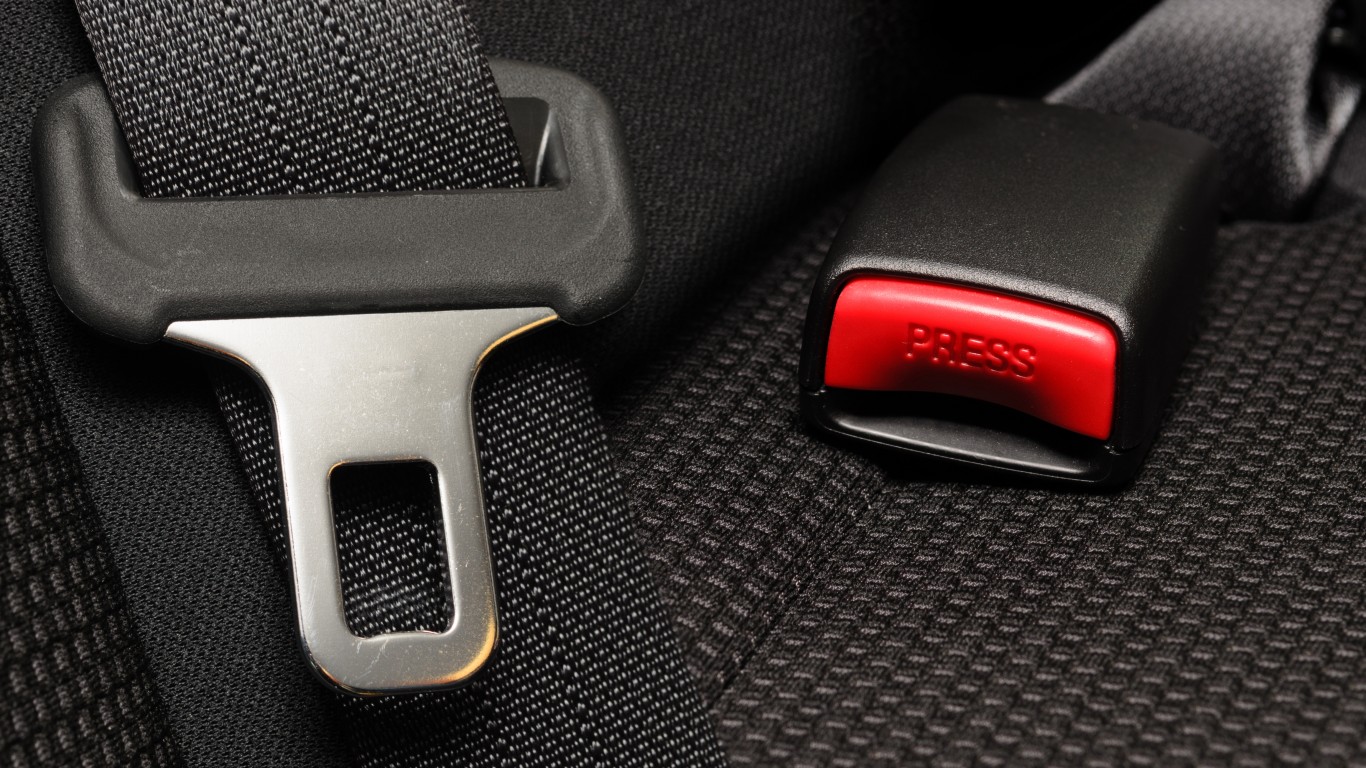
13. Experimental stress duty: human acceleration or deceleration experimental subject
> Max monthly hazard pay: $150
[in-text-ad]
12. Experimental stress duty: low-pressure chamber duty
> Max monthly hazard pay: $150
11. Experimental stress duty: thermal stress duty
> Max monthly hazard pay: $150
10. Flight deck hazardous duty
> Max monthly hazard pay: $150
[in-text-ad-2]

9. Laboratory duty utilizing live dangerous viruses or bacteria
> Max monthly hazard pay: $150
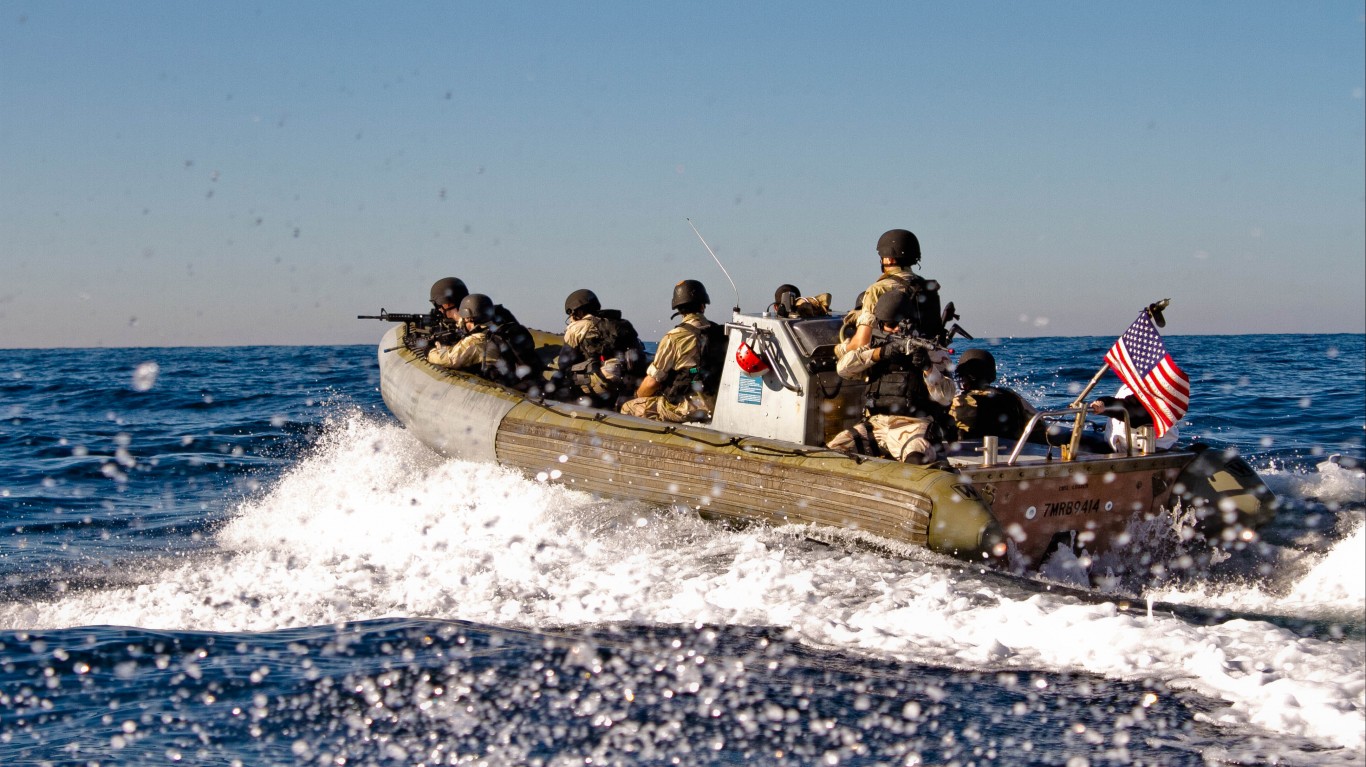
8. Maritime visit, board, search, and seizure (VBSS) duty
> Max monthly hazard pay: $150
[in-text-ad]

7. Polar region flight operations duty
> Max monthly hazard pay: $150

6. Weapons of mass destruction civil support (WMDCS) team
> Max monthly hazard pay: $150
5. Parachute duty
> Max monthly hazard pay: Static line: $150; freefall: $225
[in-text-ad-2]
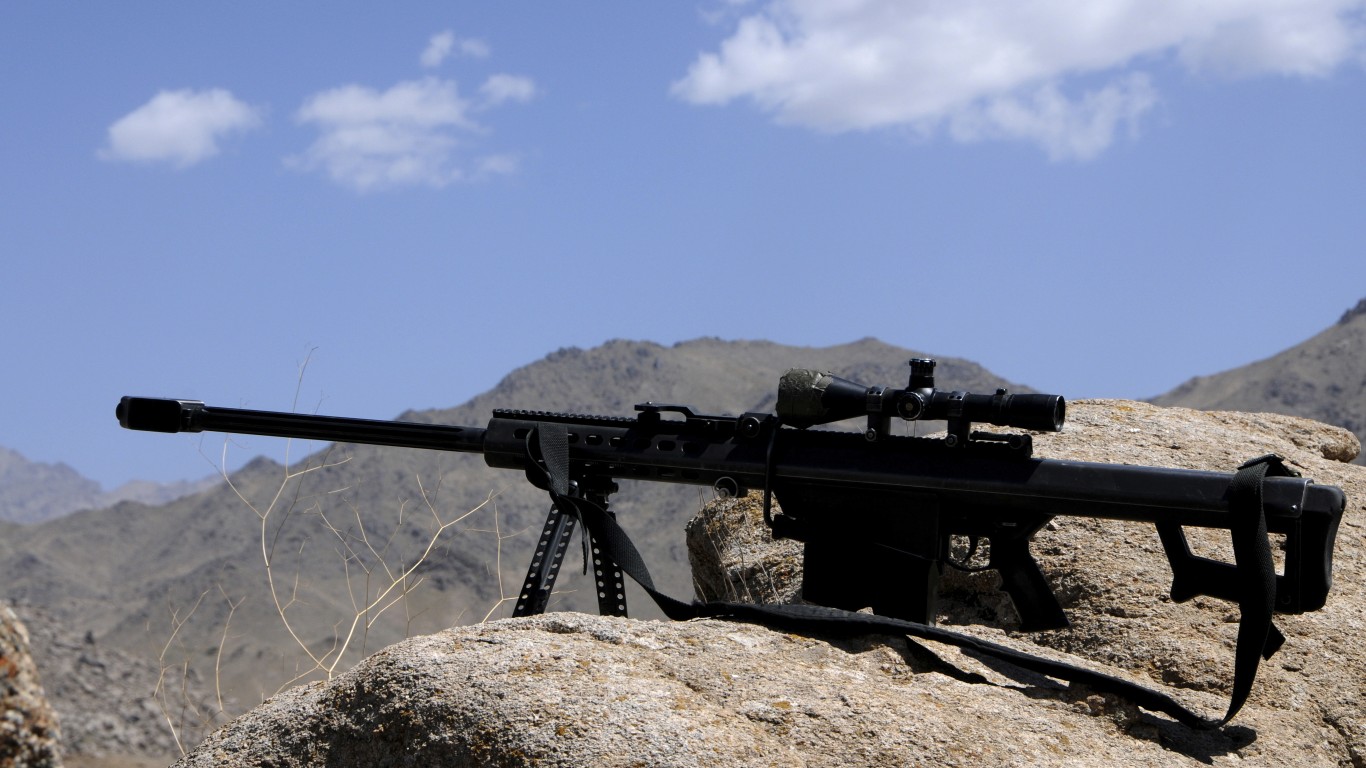
4. Hostile fire pay
> Max monthly hazard pay: $225
3. Imminent danger pay
> Max monthly hazard pay: $225
[in-text-ad]
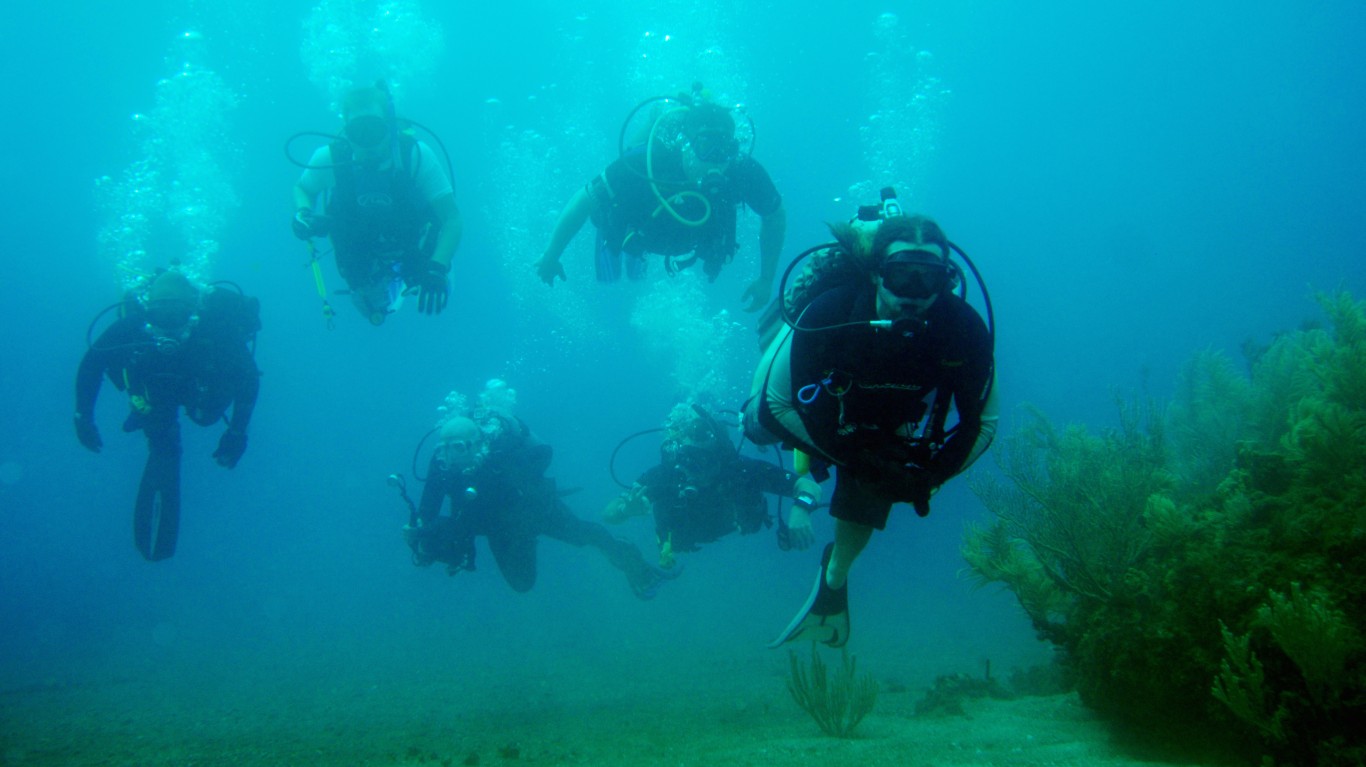
2. Diving duty
> Max monthly hazard pay: $240
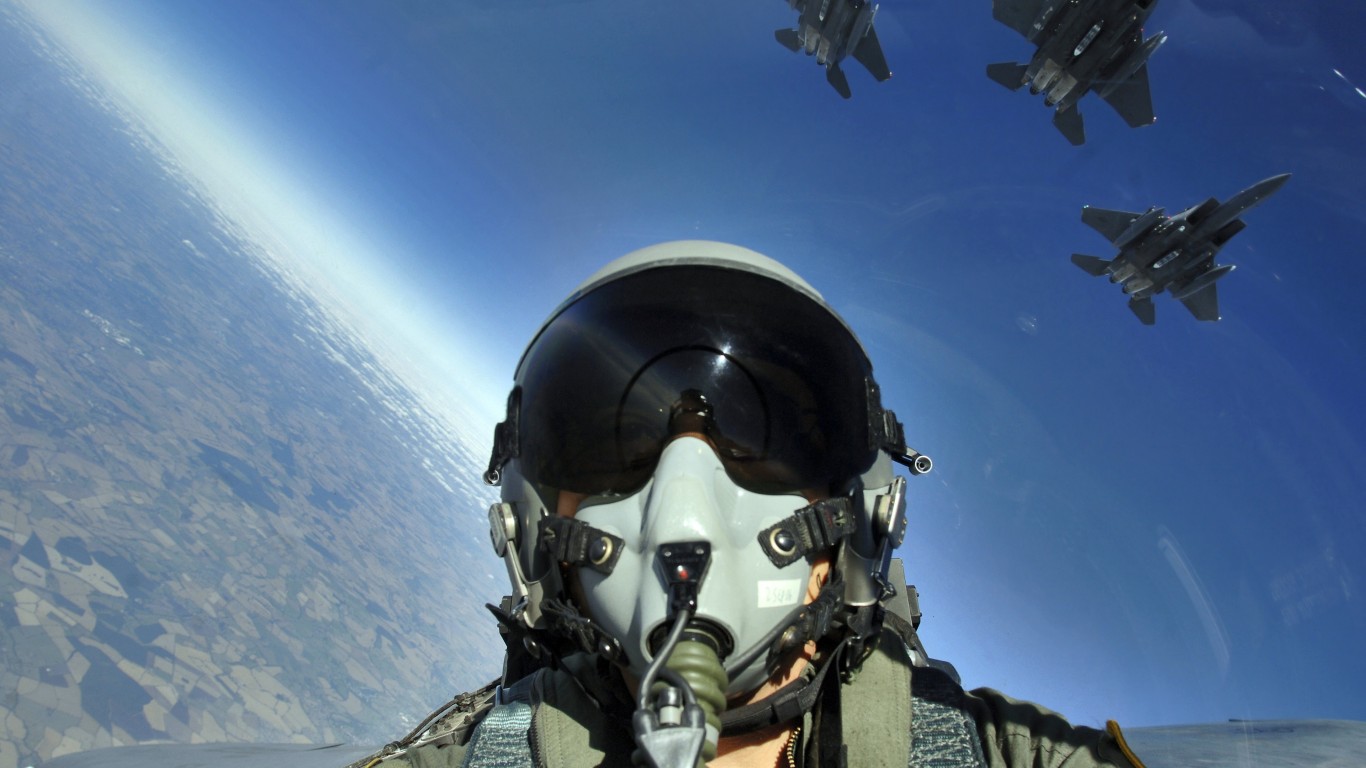
1. Flying duty
> Max monthly hazard pay: Crew members: $110-$250; non crew members: $150
Finding a qualified financial advisor doesn’t have to be hard. SmartAsset’s free tool matches you with up to 3 fiduciary financial advisors in your area in 5 minutes. Each advisor has been vetted by SmartAsset and is held to a fiduciary standard to act in your best interests. If you’re ready to be matched with local advisors that can help you achieve your financial goals, get started now.
Thank you for reading! Have some feedback for us?
Contact the 24/7 Wall St. editorial team.